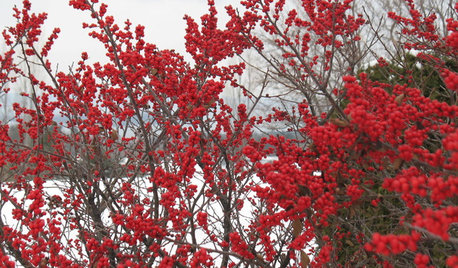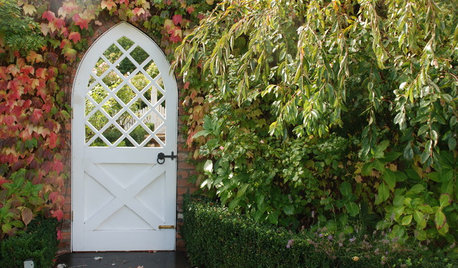Is Sargent crabapple a good ET choice?
roses4kris
16 years ago
Related Stories

GARDENING GUIDES6 Rockin’ Red Plants for Winter Gardens
Use the bright berries or branches of these cold-climate favorites for outdoor garden interest or container arrangements anywhere
Full Story
CURB APPEAL10 Gorgeous Gates That Make a Stylish Statement
From wrought iron masterpieces to simple wooden designs, there’s a gate for any garden
Full StorySponsored
Columbus Design-Build, Kitchen & Bath Remodeling, Historic Renovations






brandon7 TN_zone7
brandon7 TN_zone7
Related Professionals
Surprise Landscape Architects & Landscape Designers · Barrington Hills Landscape Architects & Landscape Designers · Owings Mills Landscape Architects & Landscape Designers · Maple Heights Landscape Architects & Landscape Designers · College Park Landscape Contractors · Federal Way Landscape Contractors · Madera Landscape Contractors · Peachtree City Landscape Contractors · West Allis Landscape Contractors · Cerritos Solar Energy Systems · Lakeville Solar Energy Systems · Waltham Solar Energy Systems · Washington Roofing & Gutters · Hacienda Heights Roofing & Gutters · Wilmette Roofing & Guttersroses4krisOriginal Author
brandon7 TN_zone7